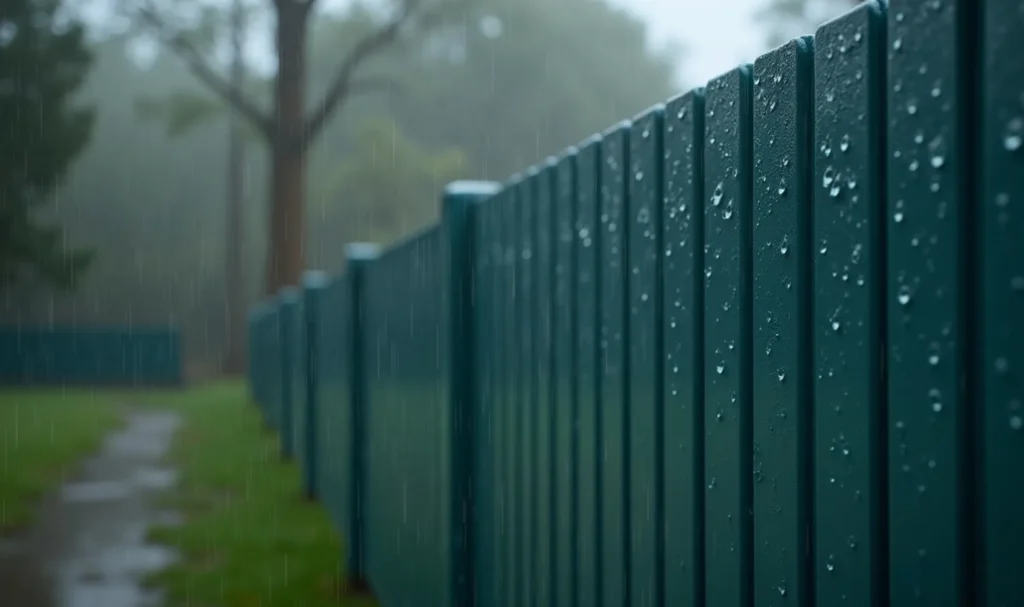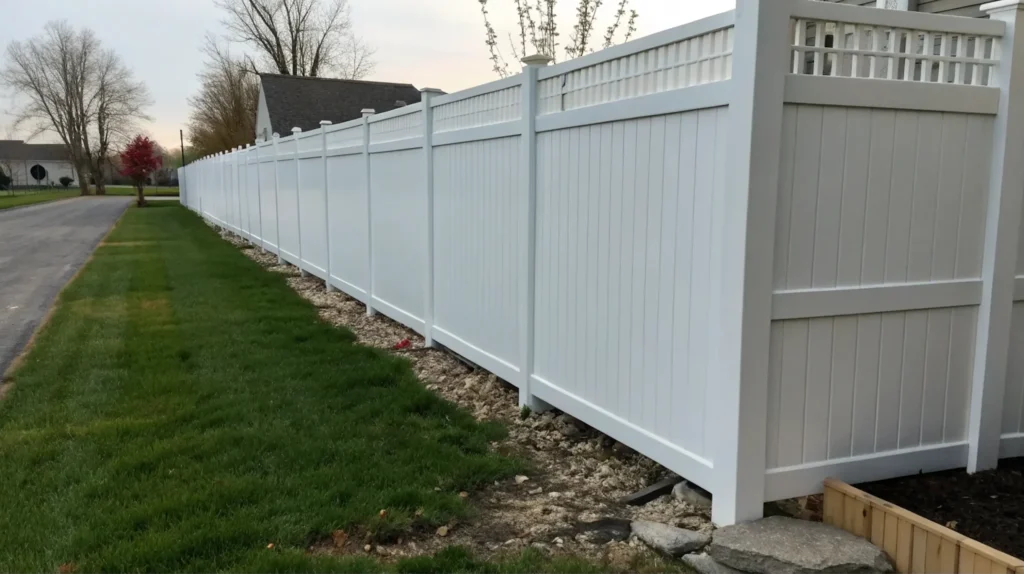Introduction to Vinyl Fencing
When it comes to enhancing your home's curb appeal and providing a functional boundary, vinyl fencing stands out as a popular choice. This fencing option has gained traction over the years, attracting homeowners with its durability and aesthetics. Vinyl fencing provides not just a way to mark the boundaries of a property but also offers privacy, security, and a modern look that complements various architectural designs.
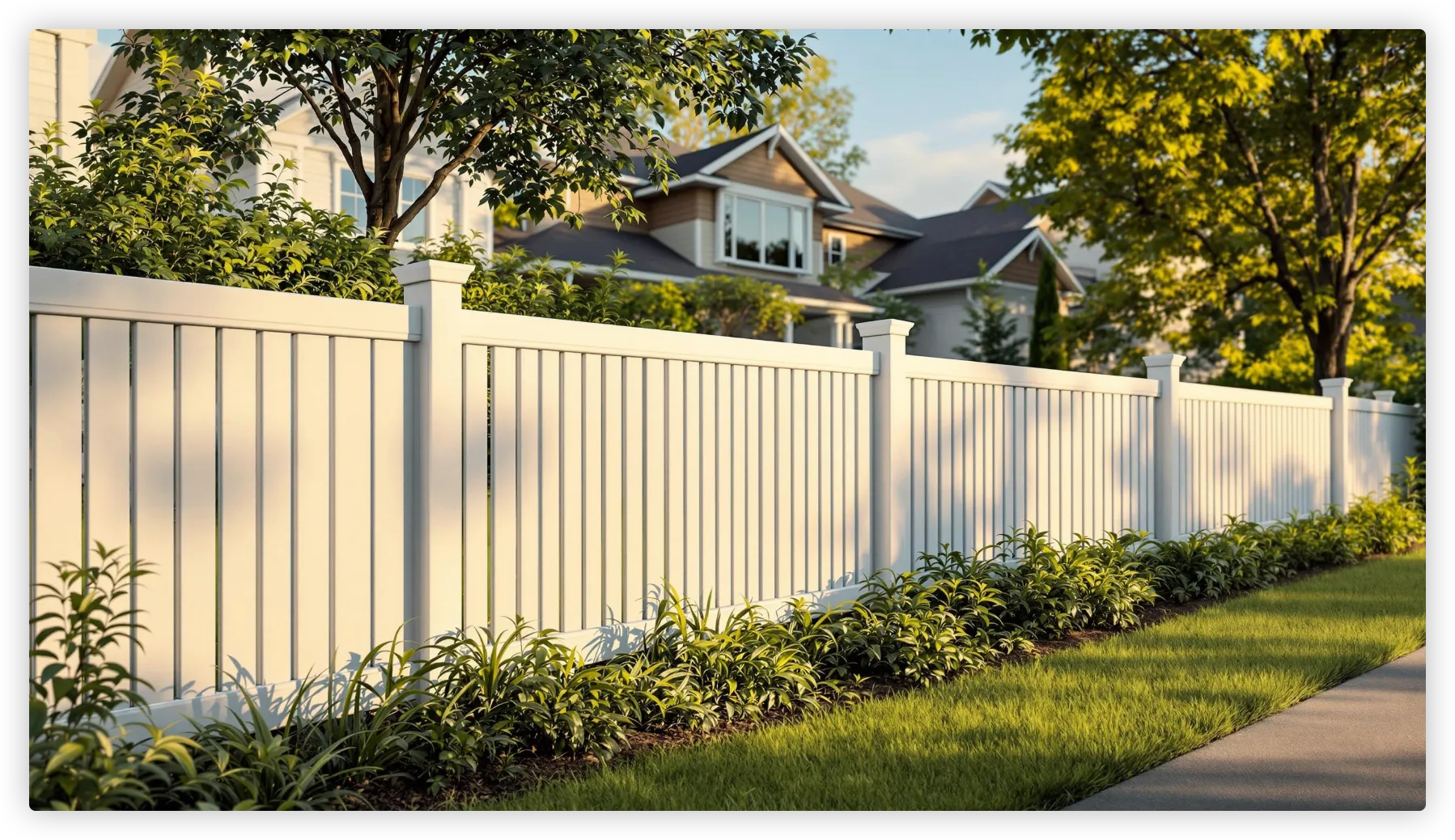
Understanding vinyl fencing involves delving into its material composition, benefits, and overall value compared to other fencing solutions like wood or metal. So, let's explore what makes vinyl fencing a favorite among many households.
What is Vinyl Fencing?
At its core, vinyl fencing is manufactured from polyvinyl chloride (PVC), a versatile plastic that is engineered to withstand the elements. Unlike traditional wood fencing, which requires periodic treatments and maintenance, vinyl fencing boasts a sturdy and weather-resistant structure that requires minimal upkeep. This means less time and money spent on repairs and replacements in the long run.
Vinyl fences come in various styles, colors, and thicknesses, offering homeowners the flexibility to customize their outdoor spaces according to personal preferences. Furthermore, the material is non-toxic and can often be recycled, making it a more environmentally friendly option as compared to treated wood that may contain harmful chemicals.
Advantages of Vinyl Fencing
There are numerous advantages to installing vinyl fencing. For starters, its durability is unmatched. Vinyl products are resistant to warping, rotting, and fading. Unlike wood, vinyl doesn’t splinter, which makes it a safer choice for homes with children or pets. Additionally, its non-porous surface means that dirt and grime can be easily washed away with a hose, keeping your fence looking new for years.
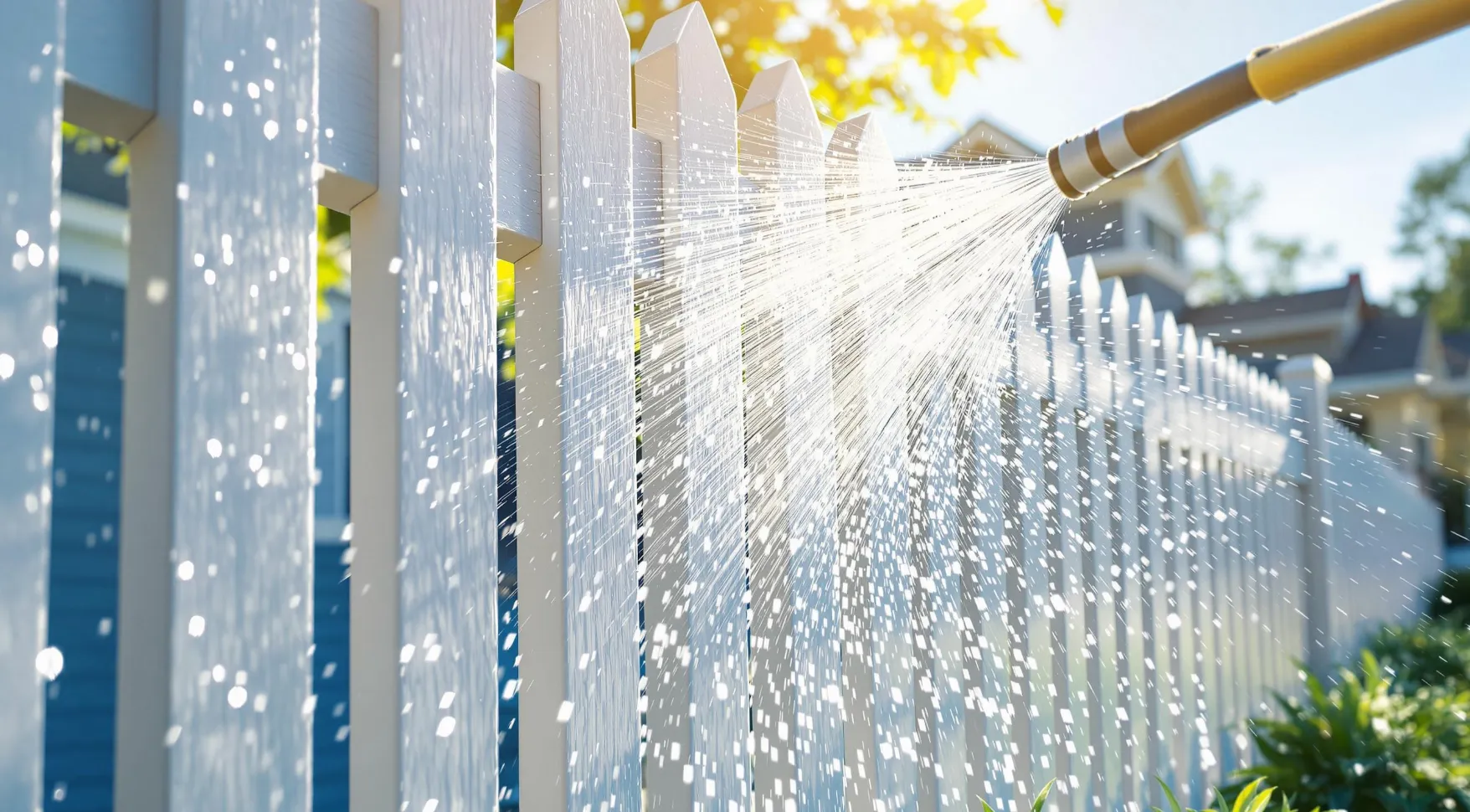
Another huge benefit is the variety of colors and styles available. Homeowners can select from a wide array of designs that can match or enhance their property’s existing features. Whether you prefer a classic white picket fence or a modern privacy panel, vinyl fencing offers something for everyone.
Additionally, vinyl fencing offers excellent privacy since its robust structure leaves no gaps between panels. Coupled with its elegant appearance, this type of fencing is popular among families wanting to create a secluded outdoor space.
How Vinyl Fencing Compares to Wood Fencing
When comparing vinyl fencing to wood fencing, the contrasts are stark. While wood offers a natural and traditional aesthetic, it does require significant maintenance. Wood fences need annual staining or painting to protect against the elements, while vinyl fencing remains resilient without such treatments.
In terms of cost, vinyl might have a higher initial purchase price, but when you factor in the maintenance costs over time, it often proves to be a more budget-friendly choice. Moreover, wood fencing is prone to insect damage, while vinyl is impervious to termites.
Types of Vinyl Fencing
Vinyl fencing comes in various categories, each tailored to different needs and preferences. The most common types include:
Privacy Fences: These are tall panels with no gaps between them, ensuring that your backyard is completely shielded from prying eyes.
Picket Fences: Often associated with classic American charm, these low fences have evenly spaced pickets and are ideal for decorative purposes.
Ranch Rail Fencing: Perfect for larger properties, ranch rail fences typically consist of horizontal rails, providing a rustic yet open look.
Pool Fencing: Specially designed to comply with safety regulations, these fences protect children and pets from accessing your swimming area unsupervised.
Choosing the right type depends on your specific needs, whether that’s privacy, aesthetics, or safety.
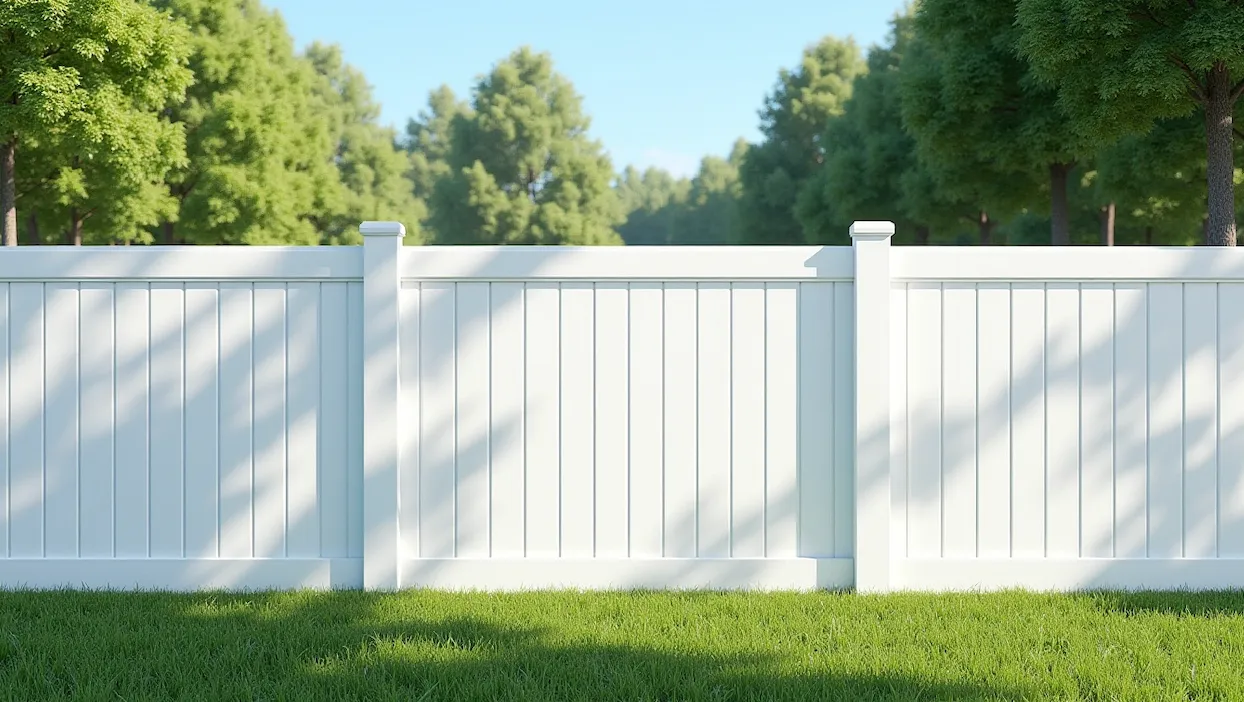 |
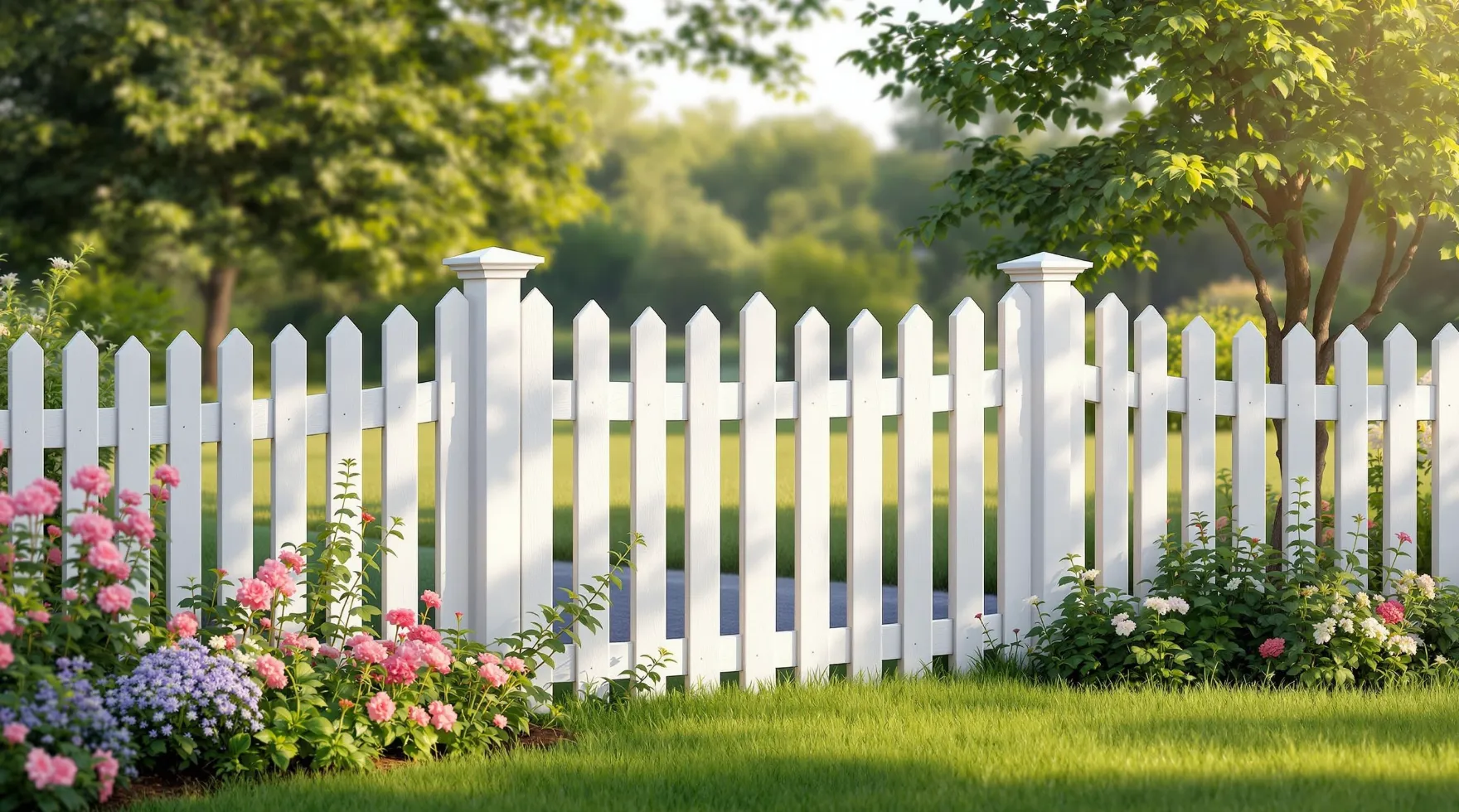 |
|---|---|
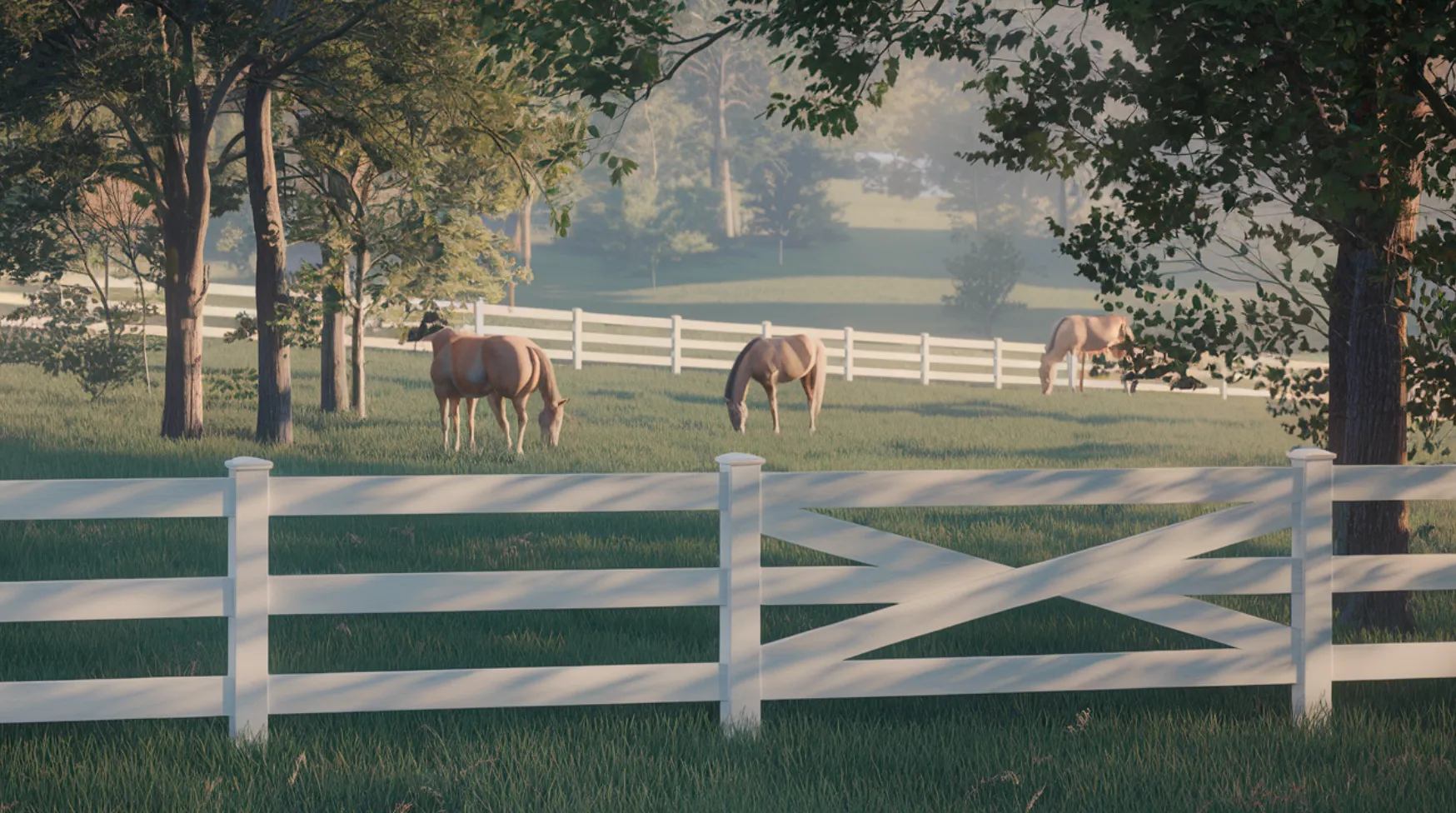 |
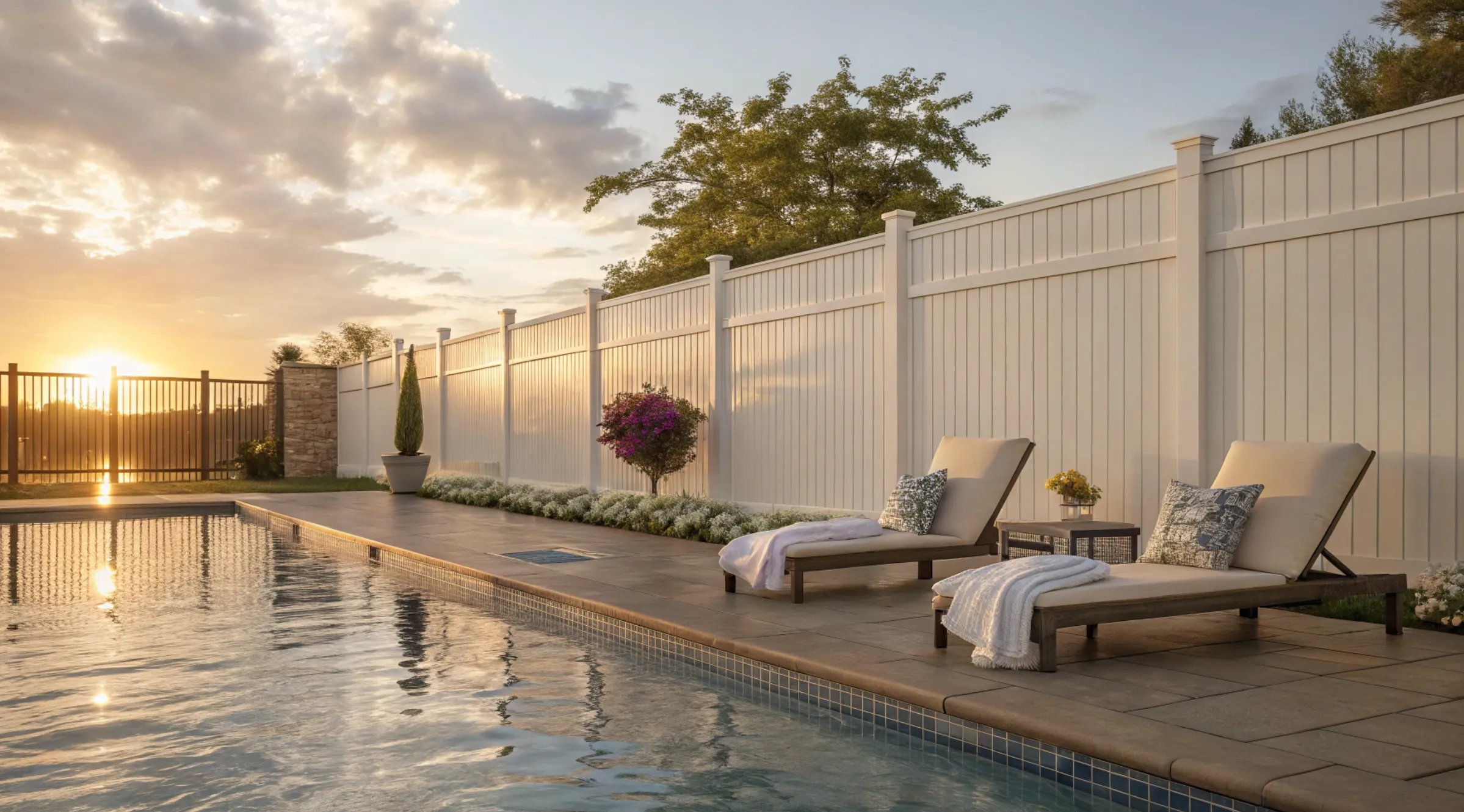 |
Vinyl Fencing Styles and Designs
Vinyl fencing can be tailored to fit different architectural styles, ensuring that it harmonizes with your home. Popular designs include:
Traditional Styles: These emulate the classic look of wooden fences, giving a timeless feel to your property.
Contemporary Designs: Sleeker profiles and bold colors reflect a modern aesthetic, favored in urban settings.
Custom Styles: Since vinyl can be manufactured in different colors and heights, you can create a unique fence that perfectly suits your personal taste.
Choosing the Right Vinyl Fencing for Your Home
Selecting the right vinyl fencing requires some considerations:
Purpose: Determine what you seek to achieve — privacy, decoration, or security.
Height: Depending on local laws and your needs, choose a height that provides your desired level of seclusion.
Color and Style: Consider how the fence will coordinate with your house and landscape.
It's always a good idea to review samples and consult with professionals to find the best fit for your home.
Vinyl Fencing Installation: DIY or Professional?
One pivotal decision for homeowners is whether to tackle vinyl fencing installation on their own or hire professionals.
DIY Installation: If you're handy and patient, you can save money by installing the fence yourself. However, it requires time, effort, and some skill.
Professional Installation: Hiring experts guarantees a high-quality finish and compliance with local regulations. It can provide peace of mind, especially for complex installations.
Evaluating your skills and budget will significantly direct your choice in this matter.
Tools Needed for DIY Vinyl Fence Installation
If you decide to go the DIY route, it’s crucial to gather the right tools:
Post Hole Digger: To create the deep holes needed for the fence posts.
Level: Ensures that the fence will stand straight.
Concrete Mix: To anchor the posts securely.
Saw: A good quality saw will help you cut the panels to the correct length.
Measuring Tape: Accurate measurements are essential for a successful installation.
Steps for Installing Vinyl Fencing Yourself
Installing a vinyl fence (DIY style!) involves several steps:
Planning: Measure and mark the area where the fence will go.
Set Posts: Dig holes and set the corner posts in concrete first.
Attach Panels: Begin installing the fence panels once the posts are firmly in place.
Add Gates: Install gates based on pre-measured spacing.
Final Touches: Ensure everything is straight and clean up any excess material.
Clear instructions can often be found in product manuals, or you can find helpful video tutorials online.
Common Mistakes to Avoid When Installing Vinyl Fencing
Even with the best intentions, some common pitfalls can derail your installation effort:
Poor Planning: Not marking utility lines or not measuring correctly can lead to costly mistakes.
Neglecting the Base: Failing to level the ground properly can lead to an uneven installation.
Ignoring Local Regulations: Not checking local codes could lead to fines or having to remove the fence.
Using the Wrong Tools: Not using the suggested tools can lead to inefficiencies and a subpar job.
By being aware of these potential pitfalls, you can position yourself for a successful installation.
Cost Analysis: DIY vs. Professional Installation
The cost difference between DIY and hiring a professional can be significant. With a DIY project, you’ll typically only pay for materials, which can range from $20 to $40 per linear foot, depending on the quality and style of vinyl. However, you must factor in your time and any mistakes that could lead to additional costs.
On the other hand, hiring a professional contractor might seem more expensive upfront, often costing around $35 to $60 per linear foot, but these costs can save you reverse time, troubleshoot issues, and ensure high-quality installation.
Vinyl Fencing Maintenance Tips
So, how do you keep your vinyl fence looking new? Luckily, maintenance is straightforward:
Clean it regularly: A quick wash with soap and water will remove dirt and grime.
Inspect for damage: Periodically check for cracks or integrity issues and address them promptly.
Remove stains immediately: Address any stains before they set in, particularly from organic materials like leaves.
How Long Does Vinyl Fencing Last?
Vinyl fencing is renowned for its longevity. Most vinyl fences come with a lifetime warranty, often lasting 20-30 years. Factors that may affect longevity include weather conditions, proper installation, and maintenance. When properly cared for, your vinyl fence can become a lasting asset for your property.
Environmental Impact of Vinyl Fencing
While the long-lasting nature of vinyl production is a plus, potential environmental impacts exist. The production process involves PVC, which has faced scrutiny over its safety and environmental effects. However, many manufacturers are now focusing on recycling processes and reduced emissions. Compared to wood, which requires constant harvesting, vinyl's durability could also mean fewer material needs over time, contributing to less deforestation.
Local Regulations and Permitting for Vinyl Fencing
Before starting your fencing project, it’s essential to review local laws and get necessary permits. Zoning regulations may dictate fence height, style, and location. Planning ahead can prevent any legal issues and ensure compliance with your homeowners’ association rules if applicable.
How to Choose a Vinyl Fencing Contractor
If you opt for professional installation, here are some tips for choosing the right contractor:
Research: Look up local contractors and read reviews.
Get Quotes: Obtain multiple quotes for comparison.
Check Credentials: Ensure your contractor is licensed and insured.
Ask for References: Speak to past clients about their experiences.
Review Contracts: Ensure all terms and conditions are transparent before signing.
Frequently Asked Questions about Vinyl Fencing
What’s the lifespan of a vinyl fence? Vinyl fences can last over 20-30 years with proper maintenance.
Is vinyl fencing eco-friendly?
While vinyl is made from plastic, many companies are investing in eco-friendly manufacturing processes and recyclable materials.
Can I paint my vinyl fence?
It's generally not recommended as it can void the warranty; however, some specialty paints are available.
Does vinyl fencing fade over time?
Quality vinyl is designed to resist fading, but sunlight exposure can still cause some discoloration over many years.
How much does it cost to install vinyl fencing?
Costs can range between $20 to $60 per linear foot depending on the style and whether installation is DIY or professional.
Can I install vinyl fencing in winter?
Though possible, freezing temperatures may make the materials less flexible and harder to work with effectively.
Conclusion
Vinyl fencing offers a myriad of benefits that cater to both aesthetic value and practical needs. As technology and innovation advance, the options available in vinyl fencing continue to expand, making it an even more appealing choice for homeowners. Whether you decide to install it yourself or hire a professional service, one thing is clear—vinyl fencing symbolizes a blend of modernity, safety, and durability that can enhance your property for years to come. Its lasting quality, combined with minimal maintenance, sets it apart from other fencing materials, positioning it as a wise investment for protecting your home while elevating your landscape. So, if you’re contemplating a new fence, vinyl fencing should be top of mind!

